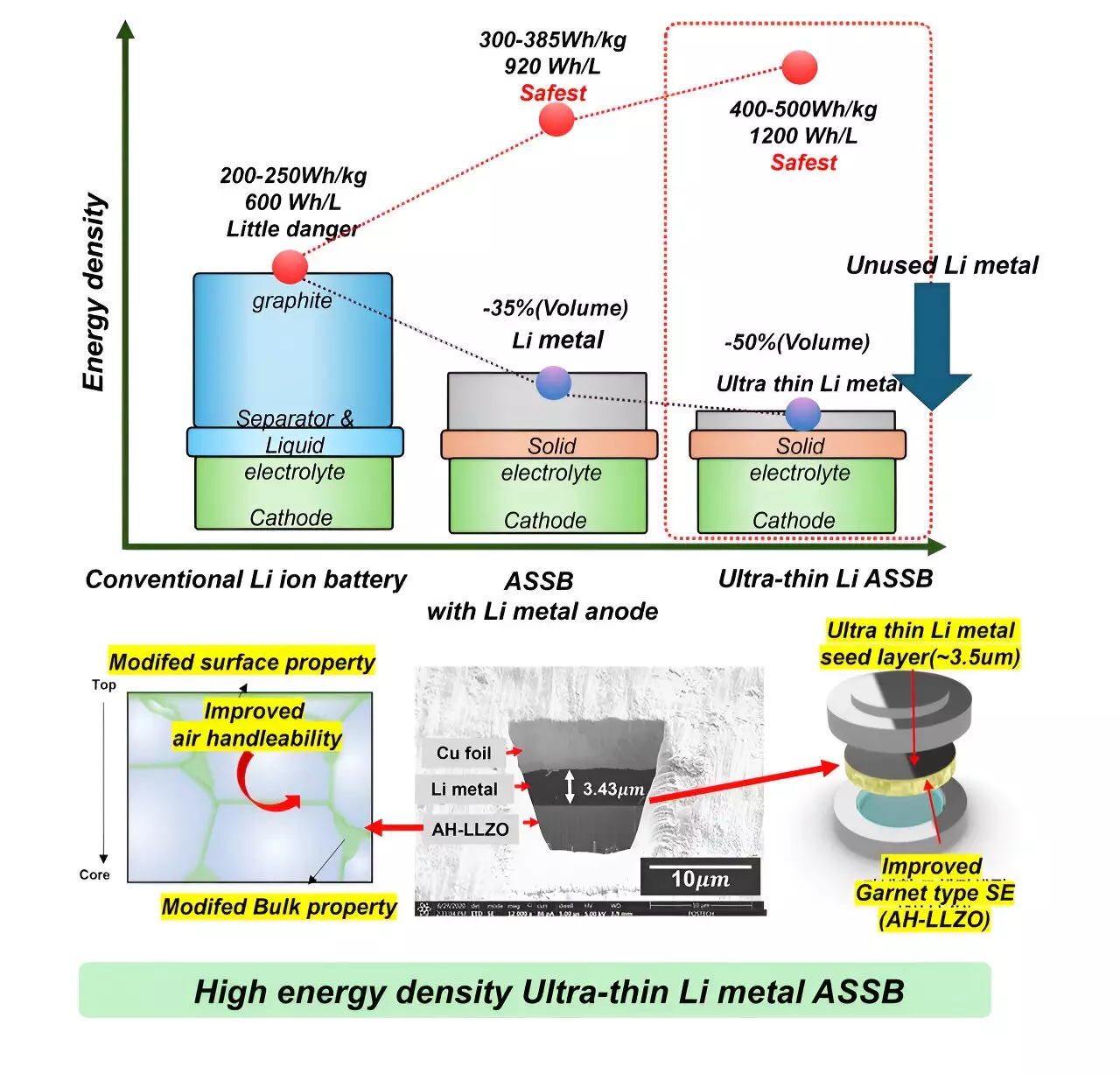In the world of technological advancements, particularly in the field of battery technology, researchers often seek complex solutions to address the challenges faced. However, a recent development by a research team at Pohang University of Science and Technology (POSTECH) has showcased that the key to solving these issues may lie in simplifying the approach and focusing on the core “essence” of the problem.
Breaking Down the Barriers
Solid-state batteries have long been considered the next evolution in battery technology due to their enhanced energy density and safety features. One of the key components of these batteries is the garnet-type oxide solid electrolyte (LLZO), known for its high ionic conductivity. However, LLZO’s susceptibility to contamination layers has been a significant challenge in the development of solid-state batteries.
Air-Handleable LLZO Technology
Instead of resorting to traditional methods of coating the LLZO surface or applying post-synthesis treatments, the research team at POSTECH took a different approach. By focusing on the essence of the issue, they developed an innovative solution called air-handleable LLZO (AH-LLZO) technology. This new technology enhances both the surface and internal properties of LLZO, effectively preventing the formation of contaminant layers from the outset.
Through their experiments, the research team was able to demonstrate that the AH-LLZO technology inhibited contamination layer formation by creating a new hydrophobic compound (Li-Al-O) on the surface and within the material. This advancement not only improved the contact and wettability with lithium metal but also allowed for the development of ultra-thin lithium solid-state batteries with a thickness of approximately 3.43 μm.
The Impact of Innovation
The significance of this research breakthrough lies in its ability to prepare ultra-thin lithium metal layers without the need for complex post-processing steps. This in turn results in a significant reduction in the amount of lithium metal used, ultimately decreasing the overall battery weight and volume while substantially improving energy density.
Furthermore, the AH-LLZO technology enables the storage of solid-state batteries in the air without the requirement for special handling or facilities. This simplification of the process not only enhances the usability of garnet-type solid electrolytes but also opens up new possibilities for the widespread adoption of solid-state battery technology.
The research team at POSTECH has paved the way for a new era in solid-state battery technology with their innovative approach to addressing the inherent challenges of LLZO. By focusing on the core essence of the issue rather than resorting to complex solutions, they have unlocked the potential for enhanced stability, energy density, and practical usability in solid-state batteries. This groundbreaking research is a testament to the power of simplicity and innovation in revolutionizing battery technology for the future.


Leave a Reply